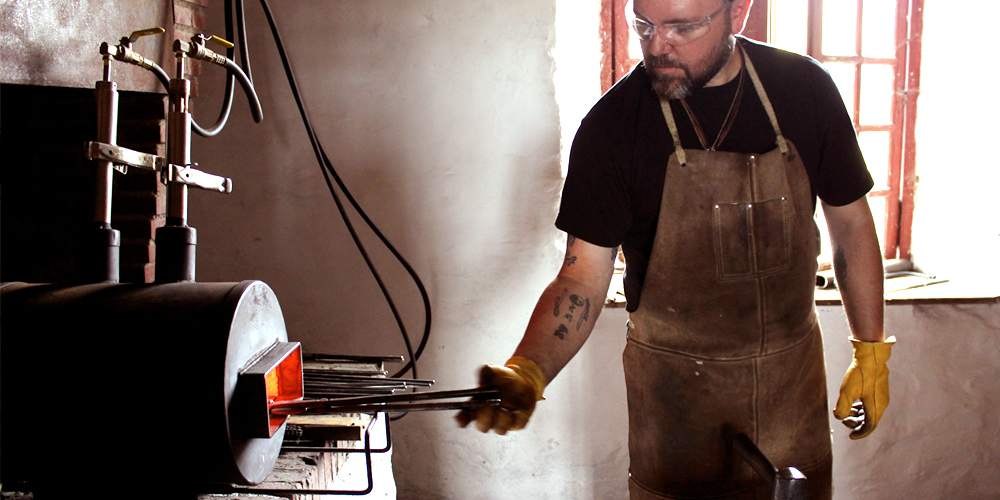Material
Material
Wildertools is a company dedicated to providing woodsmen, naturalists and primitive living enthusiasts with high quality, practical, custom-made tools and accessories. As the sole craftsman, I take pride in being ecologically responsible. I strive to use recycled materials and environmentally friendly products whenever possible.
My leather goods are made from reclaimed handbags, coats, saddles, tannery seconds and cut-offs from furniture manufacturers. These recycled leathers lack nothing when it comes to performance. Commercial companies reject seconds for various reasons that include range marks, scars, branding, discoloration and inability to accept dyes evenly. When choosing leather for a project, I take advantage of these aesthetic “flaws” to add character and uniqueness. Each piece is hand crafted and hand finished with limited use of modern machinery.
My knives are made using high-carbon steel stock purchased from reputable suppliers, such as NJ Steel Baron. I don’t use scavenged metal for knives as it is nearly impossible to accurately heat treat unknown steel. My less critical tools like steel strikers, awls, chisels and draw knives can be made from recycled materials such as used steel files, leaf springs, RR spikes, and lawnmower blades.
Process
Process
I find great enjoyment and take pride in hand forging steel. Today, this is considered, more of an artistic statement than an advantage. In days of old, iron was smelted from raw ore and had many impurities as a result of this dirty business. The repeated heat cycling, drawing and folding of the typical forging process spread out these impurities, refining the steel. This made for a better end product. Modern steel comes directly from the mill refined and ready to go. However, when done correctly, forging allows you more freedom in design, as the smith is not limited to the size and shape of the original billet. It’s aesthetic usefulness is also apparent in the wonderful patterns achieved by makers of quality pattern-welded or Damascus steel (layered steel). I allow each piece to evolve during the forging process and try to limit the use of power tools in their making, as well.
All heat treating is done in-house. For those interested, this is my current process:

